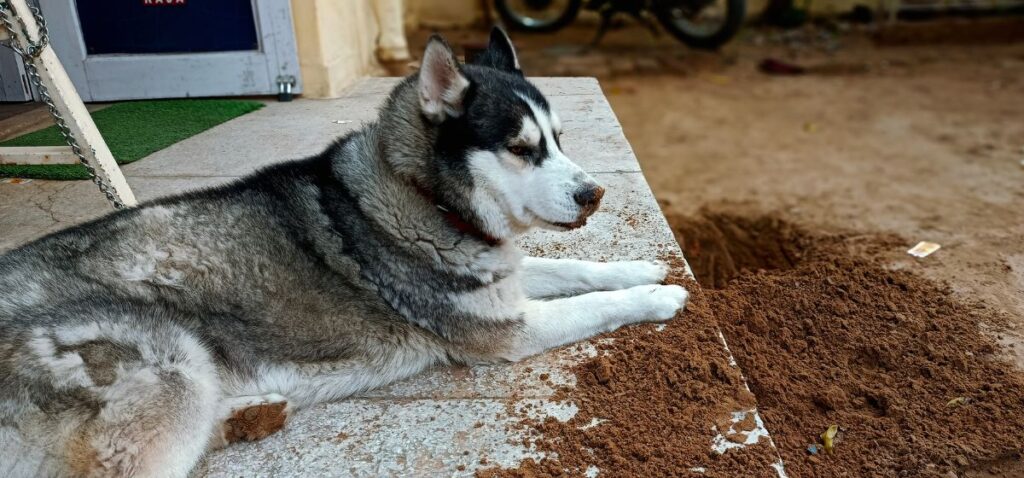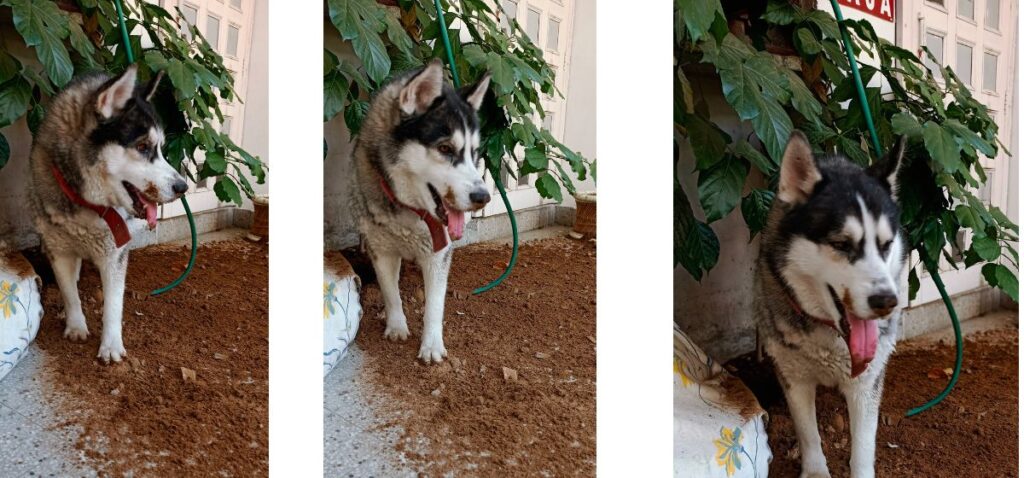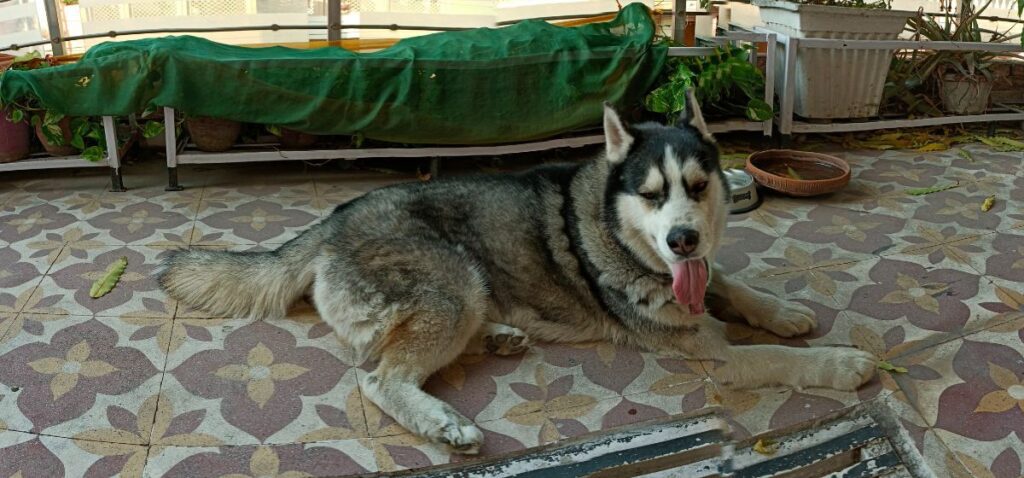
Introduction:
Siberian Huskies possess a striking appearance, endurance, and the ability to thrive in cold climates. With their thick double coat and impressive sled-pulling history, many people wonder if these majestic dogs can adapt to living in hot weather. In this blog post, we will explore the unique characteristics of Huskies and shed light on their ability to cope with warmer climates.
Understanding the Huskies Coat:
One of the first aspects to consider when discussing Huskies and hot weather is their dense coat. The Husky’s double coat insulates their bodies, designed to keep them warm in cold temperatures. However, this same coat also acts as a natural barrier against excessive heat. The outer layer helps protect against harmful UV rays, while the undercoat helps regulate body temperature.
Huskies Adapting to Hot Weather:
With proper care and attention, owners can help Siberian Huskies adapt to living in hotter regions, even though they are better suited for colder climates. Here are some key factors to consider:
Adequate Shelter:
Provide your Husky with a cool and shaded area where they can seek refuge from the sun. This can be an insulated doghouse or a well-ventilated space indoors with access to fresh water.

Hydration:
Proper hydration is crucial for Huskies in hot weather. Always ensure a constant supply of fresh, cool water is available to keep them hydrated. Consider using a pet fountain or adding ice cubes to their water bowl to keep it cooler for longer.
Avoid Midday Heat:
Limit outdoor activities during the hottest part of the day. Take your Husky for walks or playtime early in the morning or later in the evening when temperatures are cooler.
Cooling Methods:
Help your Husky stay cool by using various cooling techniques. Provide a shallow pool or a designated area for them to splash around in. You can also use cooling vests or bandanas specifically designed for dogs to help regulate their body temperature.
Exercise Moderation:
Huskies are an active breed, but it’s important to monitor their activity levels in hot weather. Avoid strenuous exercise during peak heat and opt for shorter, low-intensity activities instead.

Paw Protection:
Hot pavement or sand can cause discomfort and burns on your Husky’s paws. Protect their sensitive paw pads by walking them on grass or using booties designed for hot surfaces.
Grooming:
Contrary to what you might think, shaving a Husky’s coat is not recommended as it provides natural insulation. However, regular brushing to remove loose fur and prevent matting can help improve air circulation and keep your Husky more comfortable.
Conclusion:
While Siberian Huskies are best suited for colder climates, they can adapt to living in hot weather with proper care and attention. By providing adequate shelter, hydration, and cooling methods, as well as being mindful of their exercise routines, you can ensure your Husky’s well-being even in warmer regions. Additionally, it’s important to remember that each dog is unique, and individual tolerance to heat may vary. Therefore, always monitor your Husky closely and consult with a veterinarian if you have any concerns.
With the right precautions and an understanding of their needs, you can help your Husky lead a happy and comfortable life, regardless of the weather conditions they face.


Wow, wonderful weblog format! How long have you ever been blogging for?
you made running a blog glance easy. The whole look of your site is magnificent, as well as the content material!
You can see similar: e-commerce and here sklep internetowy